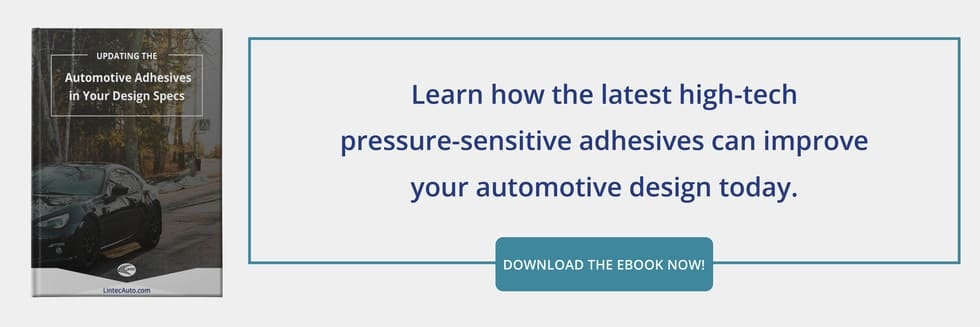Automotive wheels come in all shapes and sizes. The outer surface of your wheel designs might be narrow-spoked or nearly flat, feature a mirror-like finish, or even a matte/brushed texture. These variations can make it tough to find the right wheel protection films to preserve their pristine appearance from line to lot—but it’s worth the research.
Protection Films Protect Your Reputation
Your wheels are manufactured with quality as a top priority. Don’t let all of your efforts to meet stringent OEM specs go to waste when the wheels are compromised in between production and their arrival in your customer’s hands.
Wheel protection films make sure your wheels stay up to OEM specs through packaging, shipping, and assembly. Unpredictable impacts, scratches, and scrapes in the factory can derail your shipment before it’s begun. Even after they’re boxed, wheels have to contend with stacking, jostling, and wet weather that could corrode the brake elements or ding the attractive outer finish.
Keep your reputation intact by protecting aluminum wheels from external damage, and brake discs or rotors from oxidation, until the car is ready to sell.
What Kind of Wheel Protection Films Will I Need?
Pressure-sensitive automotive and industrial adhesives must consider:
- How much surface area they have to work with (for strong adhesion)
- The surface energy of the substrate (LSE thermoplastics vs. metal)
- Texture and finish (uneven surfaces bond differently than smooth ones)
- The effects of these surface qualities on residue retention (when films are removed)
Fortunately, there’s a protective wheel film that works for each of these combinations of traits. The choice mainly comes down to two qualities: thickness and adhesive layer.
- Thickness: Many automakers prefer 2-millimeter thickness wheel protection films, which have the durability to ward off splashes, residue, and impacts, and the economic volume to protect your bottom line. For extra peace of mind, some automakers go for heavier duty 3-millimeter varieties that stand up to more extreme conditions.
- Adhesive: The majority of wheels have enough outer surface area that a standard wheel film adhesive will give you an excellent bond, but also leave behind zero residue when it comes time to peel it off. If your wheels have fine spokes, deep recesses, or otherwise present minimal surface area for adhesion, you’ll need a formula with the adhesive strength to meet difficult OEM specs bond to the narrow design. While stronger, they’ll provide the same residue-free removal.
The film itself is made from high-performance polyethylene for a superior barrier against moisture and debris. When cost is a primary concern, some automakers will prioritize the two front wheels of the vehicle. The sensitive front brake components add extra value to the surface and rim protection that all wheels benefit from. Either way, remember that protection films also eliminate hidden costs.
Consult With a Supplier
Avoid factory rejects and keep your wheels up to OEM specs throughout their supply chain journey. Experienced protection film suppliers like LINTEC Auto are ready to help you choose the right wheel protection films for your project at a price point that makes sense.

